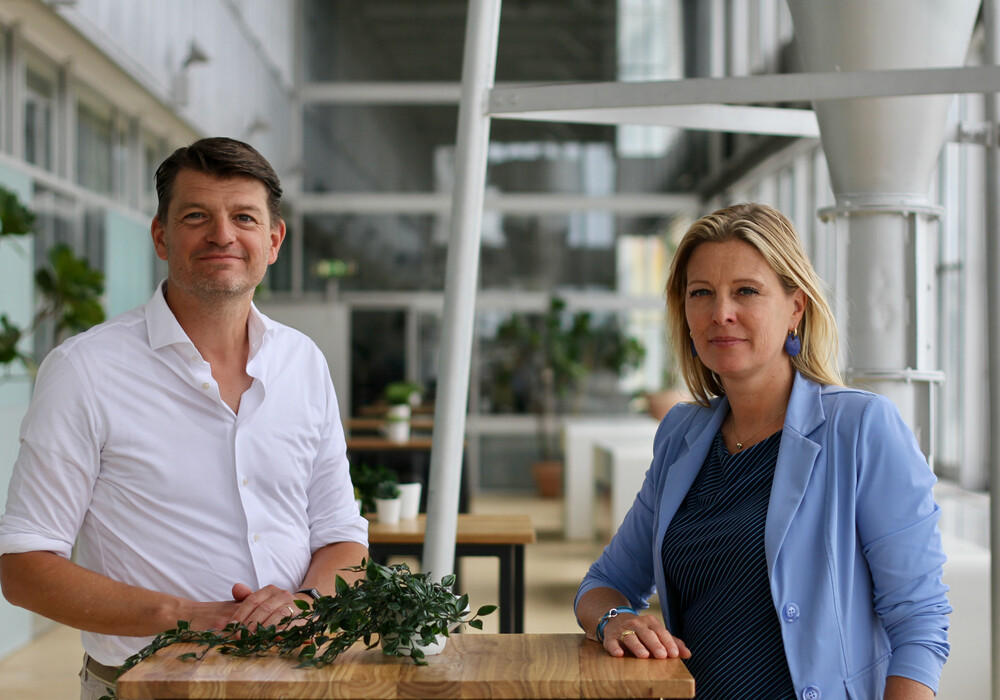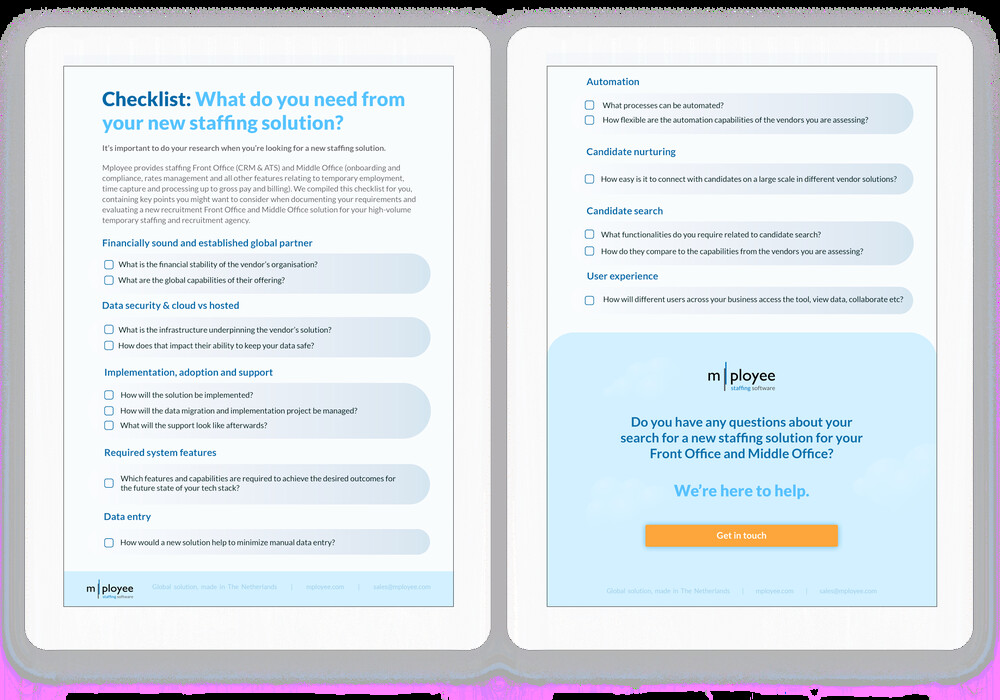Recruitment data migration: how to get it right
With the final quarter of the year now well underway, I’ve been focused on our latest topics for the Staffing RecOps podcast; Data & Security, Automation and Artificial Intelligence. As we kicked off with these themes, I spoke to Mason Barendrecht, Director of Technologies and Systems at Hales Group, about data quality and data migration.

At the time of the interview, Mason and Hales Group were going through a significant data project, migrating from a legacy on-premises platform to a SaaS provider. The actual data migration was not daunting, however Mason highlighted three key challenges: Volume, Complexity and Preparation of the data. Mason advised of three weeks work in preparing their data; cleansing, validating, standardising, removing any duplicates and reconciling as much of the data as possible.
The journey that Hales is going through is one that I’ve heard many other recruitment leaders talk about. So how can recruitment agencies get data migration right, with as little disruption as possible?
Managing a data migration project in recruitment
We’ve all heard the adage, ‘garbage in, garbage out’, and the same is true of any data migration project. The quality of the data being transferred to any new platform is critical to success. With Enterprise Solutions there are options to conduct this data cleansing on platform. As Bob Broderick suggested in his blog ‘Making AI-generated and enabled tools work for recruiters’ you should first “Identify what you have and what you need”.
As Mason explained on the Podcast, it is vital to validate information, remove duplications and reconcile data into a single platform. A few years back when GDPR rules came into effect in the UK, recruiters went through a similar data cleansing process and the need to migrate to more efficient ATS/CRM systems is the driver of this today. Owners and operators of Staffing & Recruitment Firms should think about how they can help their recruiters and work with them to reduce the risk of poor-quality data capture, particularly as automation tools are increasingly being utilised to communicate with clients and candidates using data from the CRM/ATS.
Rethink the information being used
It’s important to consider and plan for how the data will be used in new systems when about to embark upon a migration process. Hales Group have used their data migration project as an opportunity to reach out to their contacts. While the main motive may be to let them know of the changes and why it matters to them, it does demonstrate that a data migration project presents an opportunity to reconnect and potentially discover new information about clients and candidates that might have been lost or simply neglected in out-dated systems.
Recruitment data migration top tips
While recruitment and staffing agencies are at varying stages in their automation and data security or migration journey’s – some perhaps yet to take their first steps – the conversations I’ve had with industry leaders have revealed a range of tips and advice that others may find useful:
- Involve the right people: Not everyone needs to be a data scientist or a tech whizz to understand what is needed for data migration but utilise the skills of those who are more in tune with the finite details. That includes speaking to the people who are using that data daily to better understand what information is being stored and how its recorded before any changes are implemented.
- Have the expertise of a compliance person: While this might not be possible for all recruitment and staffing companies, having a compliance expert on hand is valuable. The governance of data is often overlooked but it needs to be kept correctly and you must have justified reasons to collect it.
- Map what data needs migrating: Just as there may be new information gathering to support new automation tools, there’s also the chance some currently held data isn’t relevant. Invest time to define what needs to be transferred and what is unnecessary.
- Carry out spot checks as the migration happens: The scale of most migration projects makes it impossible to check absolutely everything. In these instances, spot checks can help identify weaknesses in the migration before an issue arises.
- Run the migration in phases: Allow for a grace period and run the transfer in phases. Consider a geographical roll out that allows room to before moving to the next location. Reviewing a Delta Copy from a smaller subset of data makes the task much easier to deal with when a problem is identified.
- Create a checklist of activities: everything from removing duplicates, testing systems, training staff to final sign off should be in a checklist of requirements for a data migration project. Having this list will help ensure nothing is missed.
- Agree accountability: Finally, identify who is accountable for which tasks in the entire process. There needs to be complete clarity around this point as it’s easy for crucial stages to be missed simply because one person wasn’t aware that the final sign off sits with them. Have a record of this accountability to ensure everyone is absolutely clear as to their role.
Want to share your data migration stories with us? Contact the team on hello@staffingrecops.com



